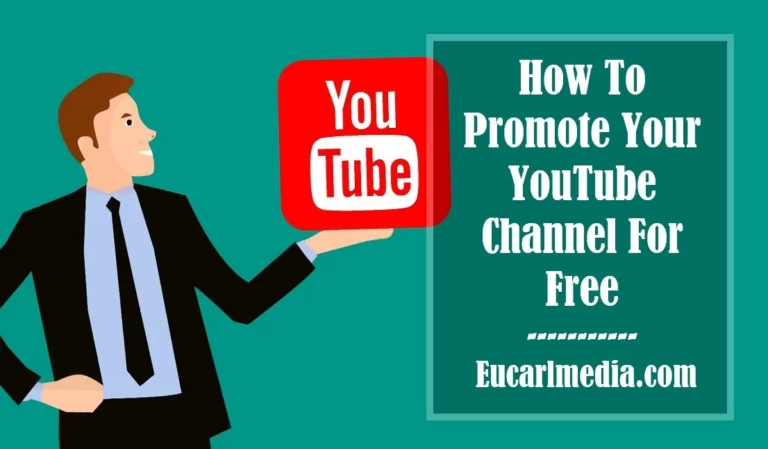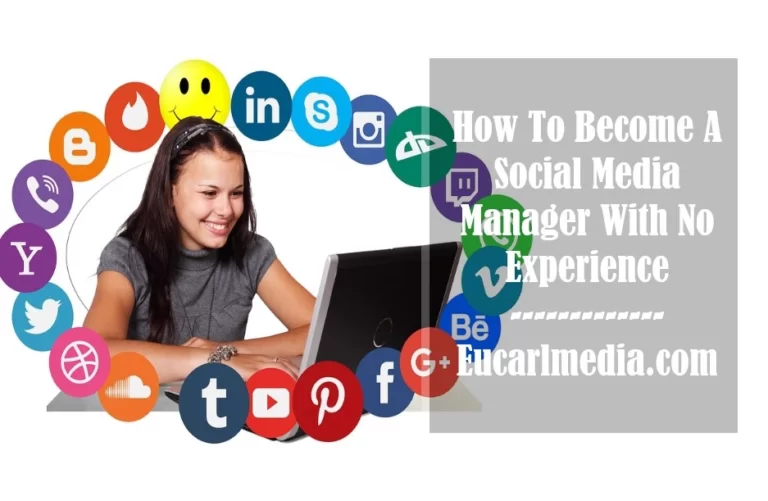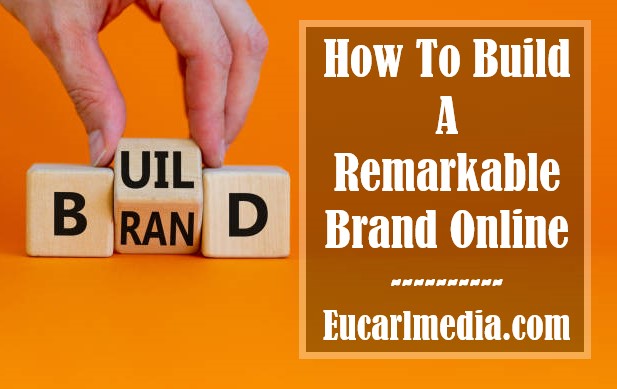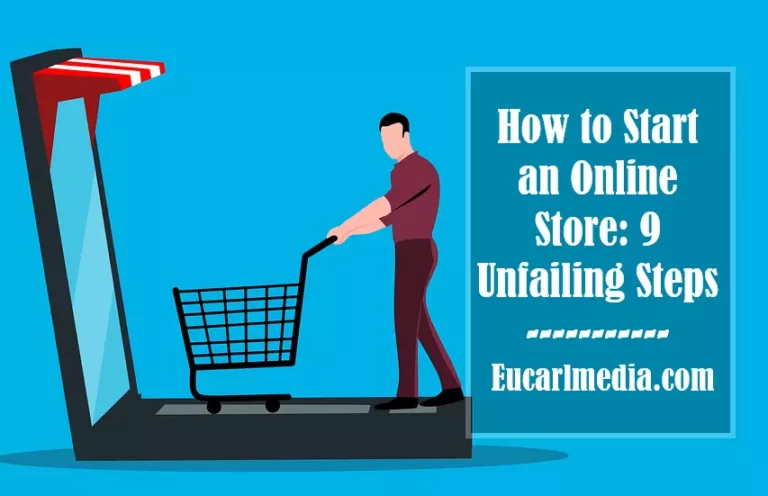What is Copywriting: Master The Art of Words That Sell
Do you know what copywriting is? Beautiful words, nice writing, and fun content. Very important elements in any text. However, they are not enough to guarantee one of the fundamental pillars of a business which is conversion.
The function of language goes beyond a nice accessory. It must build value, generate relationships and lead those who are impacted by the message to action.
Be it a sale, share or register on a list.
Enterprises, especially digital ones, have their success supported by persuasive writing, also known as copywriting.
Copywriting means using the right words to communicate with your audience in order to guide them in making a decision.
Copywriting is not writing, it is textual structure and you will be introduced to this technique capable of transforming your business spending little or nothing. Even more, if you work in a digital environment.

What is Copywriting in The Digital Market
People have complex emotional needs.
They want to be heroes and heroines to the people they love and earning money can be one way to do that.
And they will pay for your solution if you can get the words in the right place and in the right way.
The copywriter articulates stories to help readers understand why the product can benefit their lives.
It turns an idea into something interesting and gets readers to act with urgency.
And copywriting was not born in the digital medium, despite being widely used in it.
She arrived long before that…
Great copywriters and copywriters of the past attracted readers’ attention through traditional media such as newspapers, direct mail and magazines.
However, instead of convincing the reader to click a colored button, they had to persuade people to cut out a coupon, mail it, and wait more than a month to receive the product at home.
This is the power of persuasion.
The vast majority of products are sold out of the need for love, the fear of shame, the pride of recognition, the desire to feel important, the urge to feel attractive, the vanity of power, the quest for romance and the need to feel safe and the terror of the unknown.
That is, through emotion, and that doesn’t change regardless of the medium, whether it’s digital or not.
And the ability to arouse the emotional side of the customer shouldn’t be saved just for the moment of sale, whether on a page or a string of emails.
The copy needs to be present at every point of contact with your persona, from the first to the last step, from digital bait to engagement emails, to the sales page, or in an article like this.
Copywriting For Content
Whenever you plan to create new content, you need to insert these three elements:
- Motivation
- Information
- Action
Many people are so concerned with creating information-rich content but simply ignore the need to explain how this content will be useful to your reader and why it is important that they read/listen/watch it through to the end.
As much as you have social sharing buttons, comments area, and capture box at the end of your content, if you don’t ask your visitor to share your content, leave a comment and/or subscribe to your email list, it’s unlikely they will take this action on their own.
This is the main difference between creating free content and creating strategic content.
Purely free content is one where you transmit a truckload of information and don’t ask for anything in return.
If you only publish content this way, your visitor will certainly get spoiled, and may even be annoyed when you ask for an email from him in the future or make an offer.
Strategic content, on the other hand, also brings a lot of quality information, but it always asks for something in return or recommends an action to complement the learning process.
Copywriting for Own or Affiliate Product Offerings
Choosing the right words and communicating in the correct sequence of steps can determine the success of your campaigns, whether to sell your own products or affiliate products.
This content can be an article for your blog, a landing page or even a video.
Generally speaking, you need to follow these 5 steps when making an offer:
- Capture visitor interest
- Present the benefits of the product
- Prove that the product works
- Show the transformation that the product can cause
- Call to Action
One of the items that cause the most confusion is the presentation of benefits, as many end up just describing the product’s features.
To avoid any doubt, let’s use a pencil as an example. This product has the following features:
- It is made of wood.
- It has a specific diameter.
- Uses graphite as the starting point.
- It has a rubber tip.
All I’ve done here is tell you what this pencil is made of. But that alone wouldn’t be enough to make you choose between my pencil and another brand, right?
What will really persuade the potential customer are the benefits:
- Easy to aim.
- Comfortable to hold.
- Creates an impressive line.
- Makes correction easy.
If you are discovering what copywriting is today, know that there is a lot to be studied about the subject, because it is complex and quite vast.
You can start by applying these 18 principles in your writings and noticing how much they make a difference to your results.
18 Essential Copywriting Principles
More than just writing, a good copywriter needs to understand people and follow some essential principles:
1. People are more easily convinced after they have thanked someone, as they feel indebted.
2. Empathy. This is the key to success in convincing people. Put yourself in the other’s shoes and imagine how and what he or she would like to be convinced.
3. Use the name the person makes. This makes her feel that you are not only interested in closing a sale or getting something for her benefit.
4. Use anticipation to your advantage to sell more. When announcing something to come, we need to show its functionality and how it can help people.
5. Feel the person’s personality and try to fit in with it. If you’re facing someone more reserved, talking loudly can make you uncomfortable. The opposite will also happen.
6. Repeat what the person is saying in your own arguments, not only to show that you are paying attention, but you also know what to do to better help them.
7. Cross the no out of your vocabulary. Choose, whenever possible, positive affirmations that help you to give clear instructions and give the correct intention of what you really want.
8. The scarcity trigger is one of the most powerful. When the customer is not completely sure about buying your product, the possibility that he will no longer be able to purchase it will make him act.
9. The “we are alike” story is the simplest on this list and seeks a quick connection with the person. Be sure to show your mission, values , and feelings.
10. Try to direct the attention of those you want to convince only to the action you want the person to take, avoiding distractions.
11. Only sell what you use or believe, whether it’s your products or affiliates.
12. A good copy activates the most potent emotions (admiration, happiness, fear and anger)
13. Be careful with your choice of voice tone. What you say is important, but how you say it is even more.
14. People like details. They just don’t like stalling. The deeper your approach to a subject, the more authority you pass on.
15. Use exclamation points sparingly. When using too much, the highlight will not go to the really important points that deserve the exclamation point.
16. Avoid clichés and inaccurate data. The difference between a copy that converts and one that doesn’t can be in the presence of badly used or overused data and statistics.
17. Divide your texts into short paragraphs, with a maximum of 3 to 4 lines. Also, use topics and subtopics to organize your text and give the reader more entry points.
18. Connect dots in an innovative way: don’t always use the same formula or the same content for both sales pages and content. If you use those ads that everyone already knows, you don’t draw attention and even less manage to keep the audience until the end of the month.
Read Also: 6 Smart Ways To Monetize Your Blog
If you’ve made it this far, you’ve done more than just discovering copywriting, you’ve taken the first steps to building a skill with potential to turn your business into an absolute success.
Now it’s just a matter of continuing on the path.






